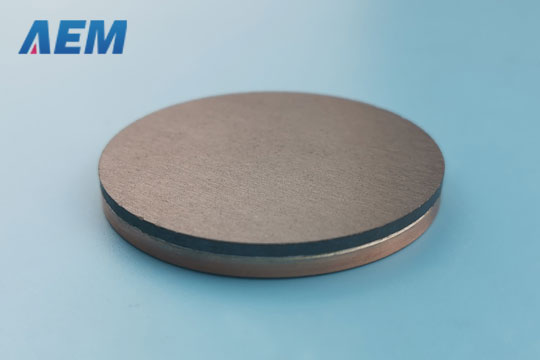 +86-731-89578196
+86-731-89578196
 [email protected]
[email protected]
- Home
- Our Company
-
Products
Sputtering Targets

- Industries
- Blog
- FAQ
- Contact Us
Improvements of Sputtering Targets
Physical vapor deposition can stress the target surface immensely. Any differences in electrical and thermal characteristics in the target material can be exacerbated by poor thermal conductivity for many ceramic and semiconductor targets. For this reason, many targets exhibit poor performance at thicknesses much greater than 6 mm. Metallic targets can be sputtered at thicknesses more significant than 20 mm with no issues due to the metals’ excellent thermal conductivity.
The low thermal conductivity can affect how much power can be applied during sputtering. While some metallic targets can be sputtered at high 10-30 kW powers, many semiconductor targets sputtered by pulsed-DC can only be sputtered at < 5 kW. Insulating ceramic targets sputtered by RF are at even lower powers of < 1 kW. The lower power levels and smaller duty cycles result in reduced deposition rates. The target surface can still be exposed to several hundred degrees C despite the circulation of cooling water on the backing plate. This temperature can be even higher with materials with poor thermal conductivity. Target cracking can occur when the temperature of the target surface gets too high. Depending on the desired film thickness, the deposition rate can be a determining factor in the material's viability for use in commercial production.














